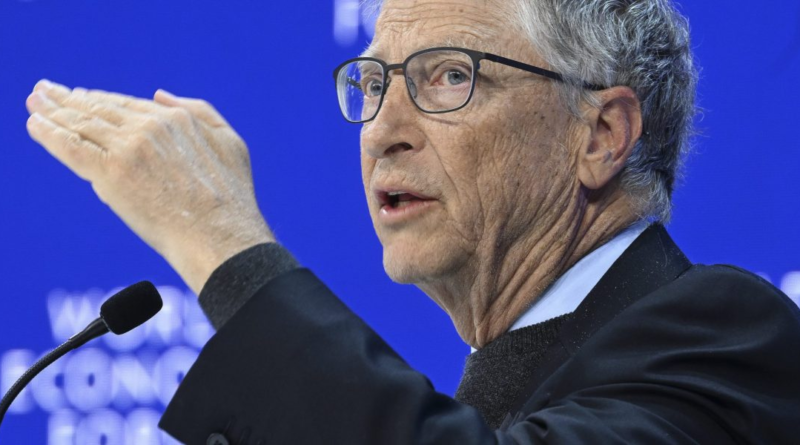Bill Gates and Jeff Bezos made a bet on mining start-up KoBold—now they've struck gold
After a year of mining in Zambia AI-backed mining unicorn KoBold has struck metaphorical gold—or in this case, copper.
The California start-up hit the unicorn status last summer with the Wall Street Journal reporting it had achieved a $1 billion valuation courtesy of a $200 million investment round to fund its dig for copper and lithium.
The business, lead by CEO Kurt House, caught the attention—and investment—of names including Bill Gates and Jeff Bezos as it uses AI to find new deposits of copper, lithium, nickel and cobalt to be used as battery metal among other purposes.
Gates and Bezos aren’t individual investors in the business that aims to bridge the $12 trillion supply gap in mineral deposits. Instead they are backers of Breakthrough Energy Ventures, one of the investment vehicles behind KoBold, with Gates serving as Breakthrough’s chairman of the board—and founder.
Zambian copper
Speaking to Bloomberg this week, KoBold’s president Josh Goldman confirmed some good news for his supporters: it’s discovered a massive copper deposit in Zambia.
Goldman described the discovery in Mingomba in northern Zambia as “extraordinary” and compared it to the Kakula mine in the neighboring Democratic Republic of Congo. That complex was developed in large part thanks to Canada’s Ivanhoe Mines and China’s Zijin Mining Group.
Ivanhoe reports Kamoa-Kakula produced 393,551 tonnes of concentrated copper in 2023 and is expecting a year-on-year increase of 18%.
Speaking ahead of the Indaba mining conference that kicks off today, Goldman said: “The story with Mingomba is that it’s like Kakula in both the size and the grade. It’s going to be one of the highest grade, large underground mines.”
In a Q4 update posted to the company’s YouTube page in January, KoBold added: “Our investment in the Mingomba Project has yielded excellent results. The extensive deep drilling program demonstrates a highly continuous orebody of a consistently high grade and style of mineralization that will become a new large underground mine.”
KoBold began mining in Mingomba just over 12 months ago following an investment of $150 million. Since then it has grown its infrastructure from one drilling rig to six, usually drilling to 1,800 to 2,000 meters deep. Thus far nearly 34,000 meters have been drilled within a year.
Looking long term
KoBold’s search for scarce battery materials will in part help the ever-growing electric vehicle market.
The sector—and the price of raw materials needed to build the batteries—has been volatile in recent months and has historically relied on China for much of its battery material supply.
Moreover, Elon Musk’s Tesla is facing almost daily headaches, whether it’s the CEO trying to move the state of incorporation from Delaware to Texas or the recall of 2.2 million vehicles over the size of warning light icons.
The price of lithium has been up and down since 2022, while copper also saw volatility throughout 2023.
Goldman was clear that the company isn’t deterred by short-term moves and is instead planning for decades instead of years. He said: “We capitalize the company to be able to make long-term investments. We care enormously what the price of these commodities is in 2035 and we don’t care what it is in 2024.”
Moreover, while the business is expected to begin output early in the 2030s and feasibility studies are yet to be fully complete, Goldman said the organization was already weighing up the likelihood of building a $2 billion facility at the site as a commitment to its future.
In terms of investment estimates, Goldman said the business spent $100 million in exploration last year and expects to exceed that amount in 2024. These levels are reflective of other “major” players in the industry such as Rio Tinto and BHP Group, he added.



